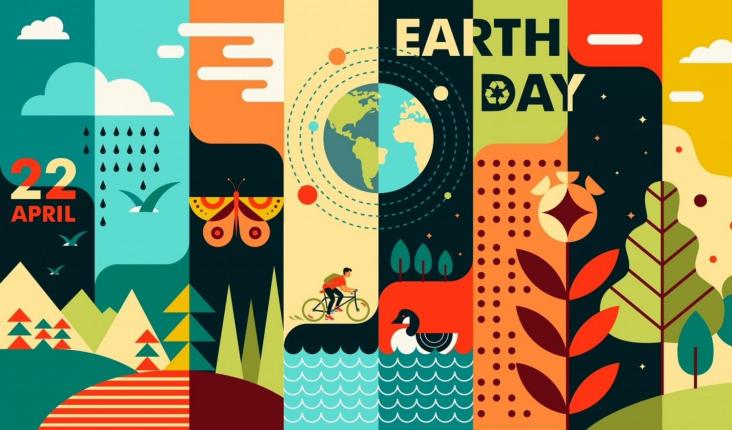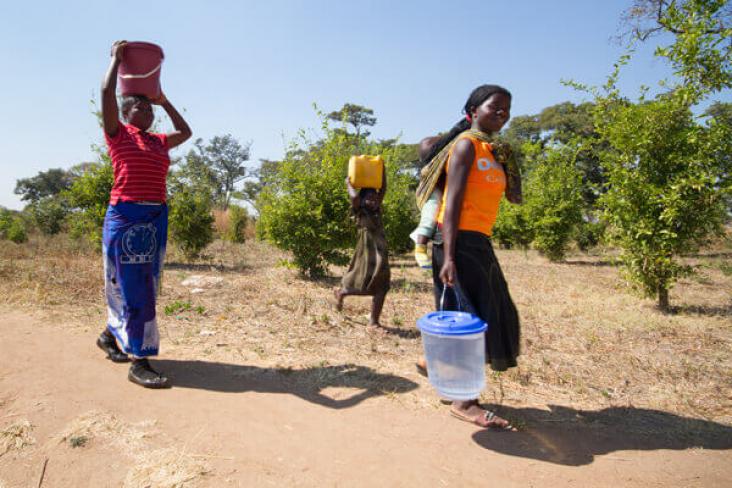Water is a dwindling natural resource, and potable water is wrongly considered an unlimited resource. This review seeks to support policymakers in making informed decisions about water use, avoiding wasting, and finding solutions that may be planet friendly and patient friendly in dialysis, especially in hemodialysis treatments.
This study analysis four wetland technologies for treating greywater according to regulatory standards.
“From electric vehicles to lifesaving drugs, clean and green tech, to AI and digital technologies – IP can be the vehicle to turn bold new ideas into real world impact” said World Intellectual Property Organisation (WIPO) Director General Daren Tang in a video address to mark World IP Day 2024. This paper proposes a responsible intellectual property (IP) strategy (R-IPS) framework based on five exploratory case studies of sustainable companies in energy, nutrition, consumer electronics, manufacturing and water treatment sectors. These companies responsibly use IP assets to create positive social and environmental impact (or reduce negative impact), and unlock new opportunities for financial (economic) gains.

To mark the 50th Anniversary of World Environment Day on 5 June 2023, Elsevier proudly presents a curated list of publicly available journal articles and book chapters in support of this year's theme “Solutions to Plastics Pollution”. Please share and download.

As we progress through the 21st century, the health of our planet emerges as a pressing concern.

Sustainable Development Goals (SDG) can help with global water sustainability for World Water Day 2025.
This study shows that agricultural water consumption tends to use internal water resources at a maximum level for export and national use, significantly impacting renewable and non-renewable water resource availability, especially in groundwater.
Elsevier,
Recent Advancements in Wastewater Management: Implications and Biological Solutions, 2023, pp 109-132
This chapter aligns with Goal 6: Clean Water and Sanitation and Goal 13: Climate Action by discussing the role and challenges of wastewater irrigation in agriculture in response to declining freshwater resources.
This chapter aligns with Goal 6: Clean water and sanitation and Goal 14: Life below water by encompassing an overview of various biological methods for removing microplastics from water.
This chapter aligns with Goal 14: Life Below Water and Goal 6: Clean Water and Sanitation by describing advancements in the use of melt electrospun nanofibers for use in marine oil spill cleanup.
